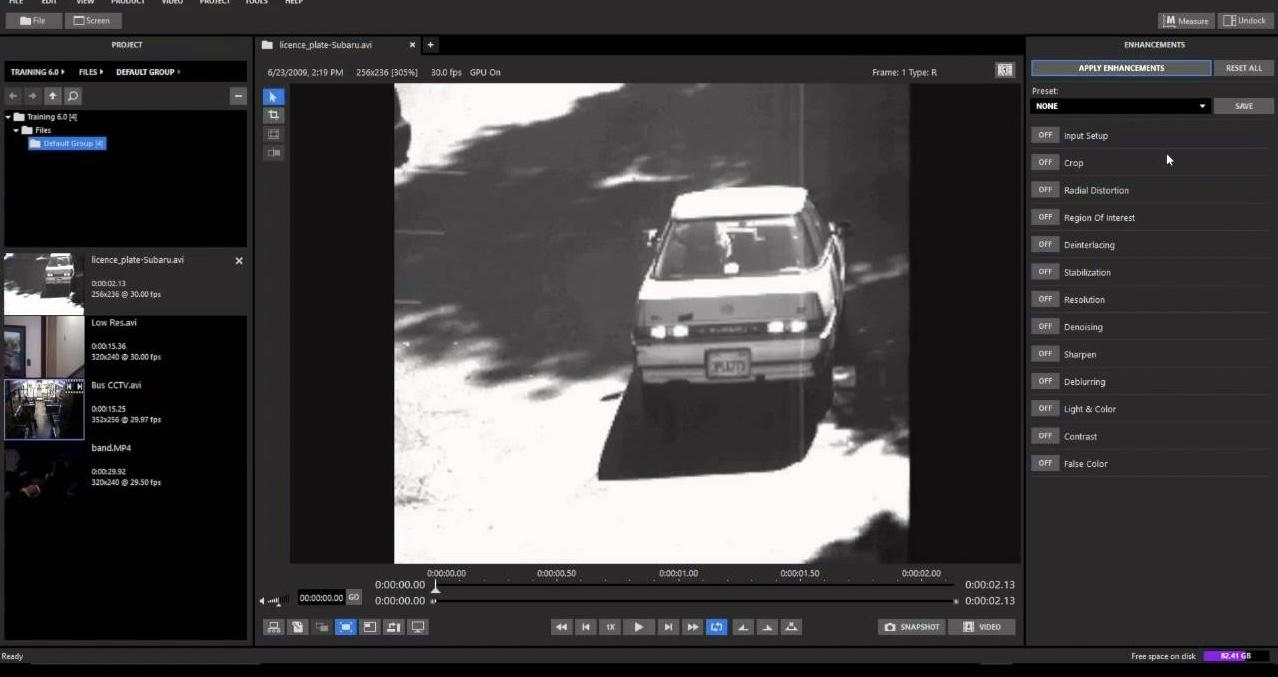CCTV footage enhancers are essential for enhancing the clarity and quality of surveillance camera video recordings. Despite the fact that software algorithms play a significant role in the process of improvement, hardware features provide the foundation for exceptional performance. We will discuss the essential hardware components that enable a CCTV footage enhancer to provide superior image quality, advanced functionality, and optimal performance in this article.
Key Hardware Components of A CCTV Footage Enhancer
A CCTV footage enhancer typically consists of several key hardware components that work together to improve the quality and clarity of surveillance video recordings. Here are some essential hardware components commonly found in a CCTV footage enhancer:
High-Resolution Capture
A high-goal camera sensor empowers the framework to catch more pixels, giving more significant subtlety and lucidity in the recording. Look for cameras that have cutting-edge sensor technology and are able to produce video with a high resolution, such as 4K or even higher. This makes it possible for the enhancer to work with a foundation of high-quality raw footage, making image enhancement more accurate and efficient.
Wide Dynamic Range
A crucial hardware feature, Wide Dynamic Range (WDR) enables a CCTV footage enhancer to handle scenes with varying lighting conditions. It prevents overexposure and underexposure by allowing the camera to simultaneously capture details in both bright and dark parts of the frame.
Cameras with WDR capabilities are best because they can capture more details in dimly lit areas like entrances, windows, and outdoor areas. This feature guarantees that the enhancer can effectively process the footage and make objects more visible in well-lit and low-light settings.
Performance in Low Light Conditions
It is essential for surveillance systems to be able to capture clear and detailed footage in low light conditions. Larger image sensors, increased sensitivity, and enhanced noise reduction technology all contribute to improved low-light performance. Look for cameras with better night vision or a lower lux rating that can perform well in low light conditions.
This guarantees that the footage enhancer will be able to effectively process and enhance video recordings, even under difficult lighting conditions. As a result, it will be easier to see important details and process them more quickly.

Powerful Image Processing
A CCTV footage enhancer’s performance is greatly influenced by the hardware components that are in charge of image processing. Look for enhancers with dedicated image processing units and high-performance processors. Video data can be processed quickly and effectively using these parts, allowing for real-time or near-real-time enhancement.
Additionally, edge enhancement, noise reduction, and adaptive contrast enhancement can further improve the footage’s clarity and quality, preserving and accurately presenting crucial details.
Robust Storage and Connectivity
To get the most out of a CCTV footage enhancement software, strong options for storage and connectivity are essential. Look for enhancers that are compatible with high-capacity storage options like network-attached storage (NAS) systems or solid-state drives (SSDs).
A lot of storage space makes it possible to keep a lot of high-quality footage for a long time. In addition, having adaptable connectivity options like Ethernet or Wi-Fi ensures seamless integration with the surveillance system, making it possible to transfer data effectively and access data from a distance for monitoring and analysis.
Lastly, When it comes to improving the image quality and performance of CCTV footage, the hardware features of the enhancer are crucial. A CCTV footage enhancer stands out for its high-resolution capture, wide dynamic range, low-light performance, powerful image processing capabilities, robust storage and connectivity options.
By investing in an enhancer equipped with these advanced hardware features, surveillance systems can effectively enhance video recordings, enabling clearer visibility, accurate identification, and improved overall security.




